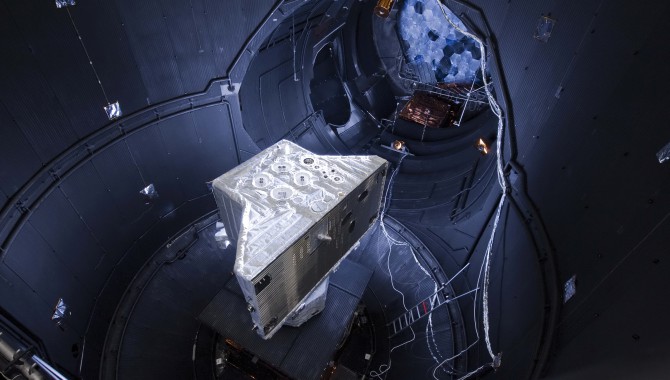
By Elsa Montagnon BepiColombo is a collaborative mission to Mercury between the European Space Agency (ESA) and the Japanese Aerospace Exploration Agency (JAXA) due to launch in August 2015.

By Elsa Montagnon BepiColombo is a collaborative mission to Mercury between the European Space Agency (ESA) and the Japanese Aerospace Exploration Agency (JAXA) due to launch in August 2015.
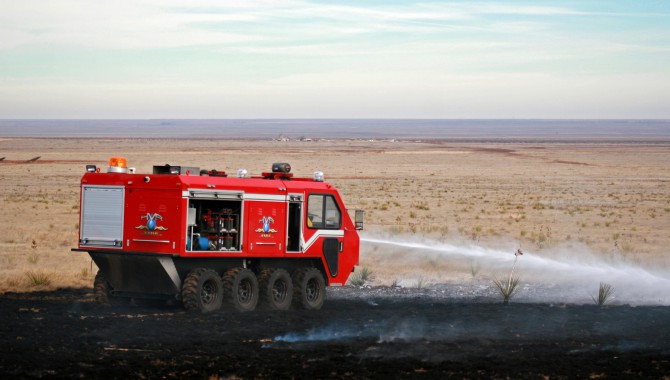
By Bo Schwerin Much deserved attention is given to the feats of innovation that allow humans to live in space and robotic explorers to beam never-before-seen images back to Earth.
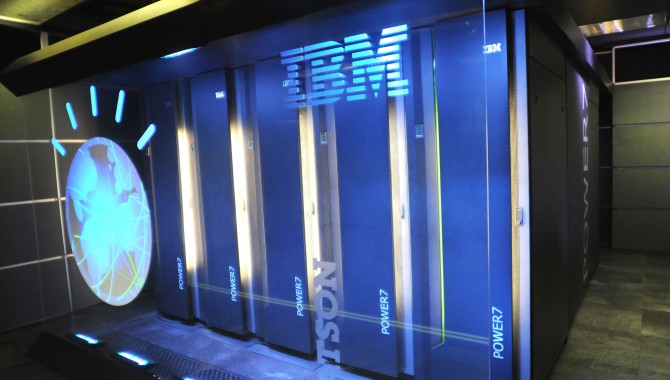
By David Ferrucci On January 14, 2011, I was in the audience at IBM’s Watson Research Lab in Yorktown, New York, along with company executives, major clients, and my project team when our Watson computer soundly defeated two human champions in the third round of their Jeopardy! competition.
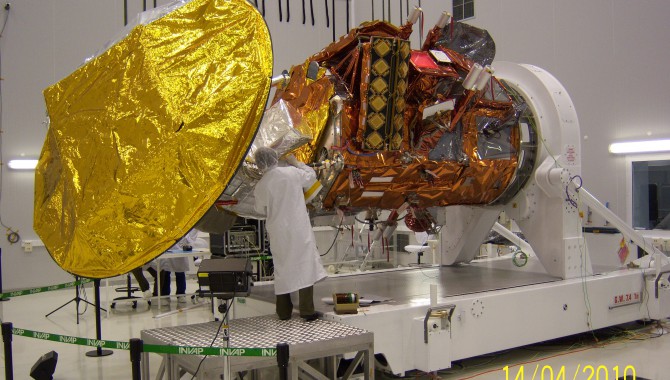
By Matthew Kohut When the Aquarius mission launched from Vandenberg Air Force Base in June 2011, few Americans outside the Earth-science and space communities probably knew that the satellite itself came from Argentina.

By David Young CLARREO, the Climate Absolute Radiance and Refractivity Observatory, is an Earth-science satellite mission in pre-Phase A (conceptual study) that is being designed to capture critical climate-change data much more precisely than has been possible with existing instruments.

By the NASA Safety Center The Solar Heliospheric Observatory (SOHO) is a major element of the joint International Solar Terrestrial Program between NASA and the European Space Agency (ESA).

By Don Cohen Lisa May is the program executive for MAVEN, the Mars Atmosphere and Volatile Evolution mission, in NASA’s Science Mission Directorate (SMD). In her spare time, she acts as the female voice of NASA’s ScienceCasts. Don Cohen spoke with her at NASA Headquarters.

By Conrado Morlan Having the opportunity to work for a company that operates in more than two hundred countries and territories and is a global leader in logistics has given me the opportunity to lead large global and regional information-technology projects. While technology made the work complex, the element of culture, both national and […]
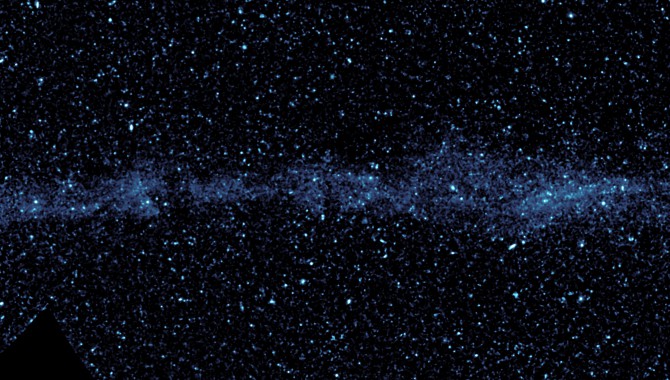
By James Fanson They say that good things come in small packages, and this has certainly been true for NASA’s Explorer Program. Explorers are among the lowest-cost missions flown by NASA, but they can pack a big scientific punch.